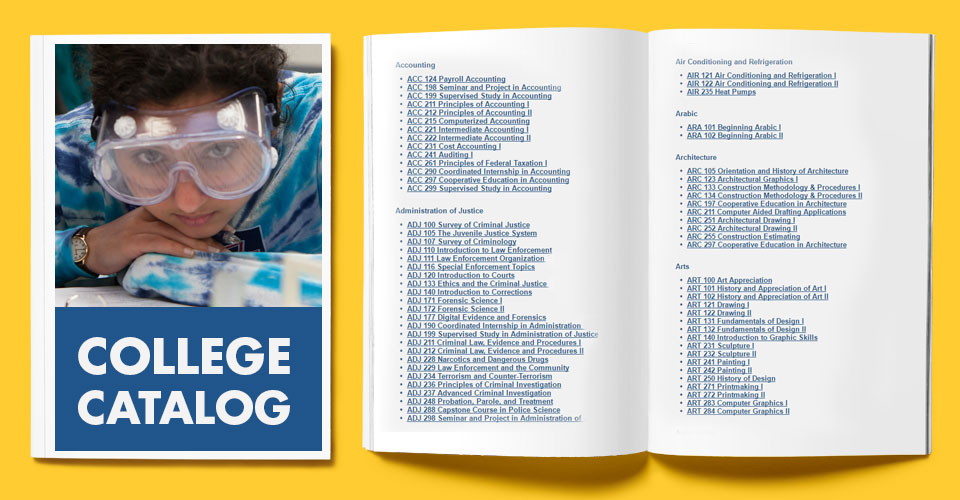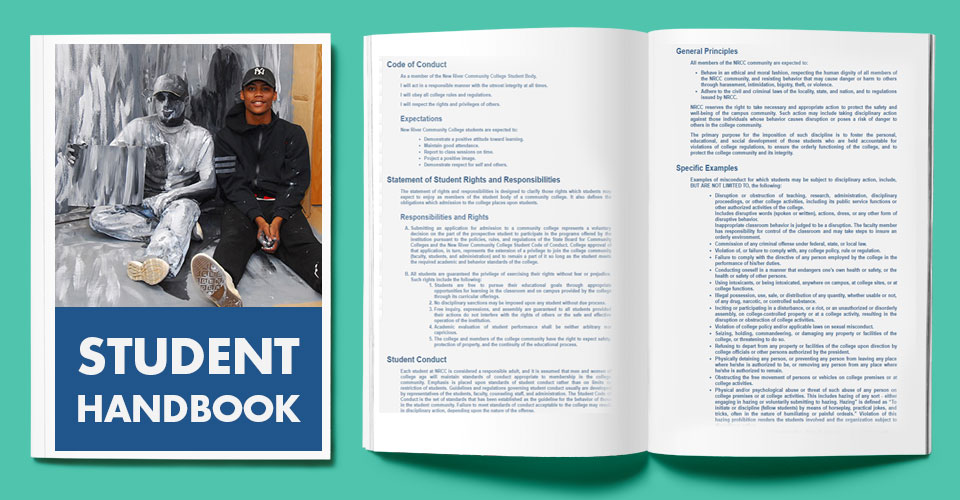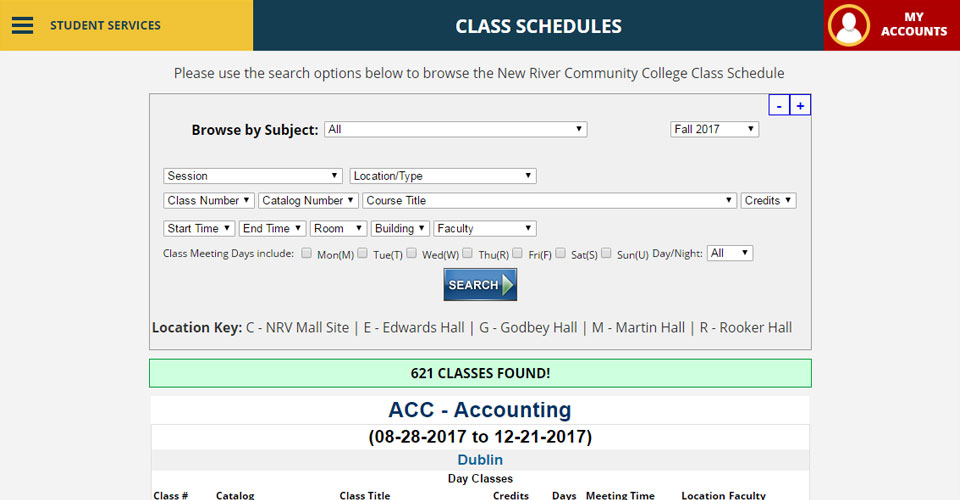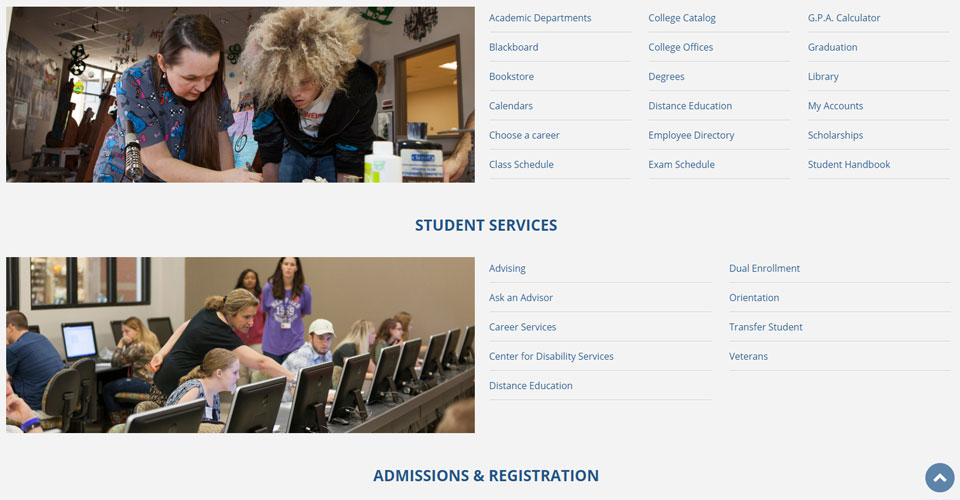| Identify the issue/problem |
Issue/problem is clearly understood and explained in detail. |
Issue/problem is identified without serious omissions. |
Issue/problem is stated with some omissions. |
Issue/problem is not understood. |
| Recognize assumptions |
Thoroughly analyzes personal and others’ assumptions |
Identifies own and others’ assumptions when presenting a position/scenario |
Explores and questions some assumptions beyond own assumptions |
Aware of own assumptions |
| Seek and evaluate evidence |
Seeks, evaluates and interprets information/theory to develop a comprehensive (integrated ideas across viewpoints) analysis of the issue/problem. Viewpoints of experts or alternative methods or approaches are examined thoroughly. |
Seeks, evaluates and interprets information/theory to come up with a coherent (lists ideas in a meaningful sequence but not integrated) analysis of the issue/problem. Viewpoints of experts or alternative methods or approaches are subject to questioning. |
Seeks, evaluates and interprets information/theory but not enough to understand fully or solve the issue/problem. Viewpoints of experts taken mostly as fact. |
Information gathered is not understood or questioned. |
| Student’s position/scenario (perspective, thesis/hypothesis) |
Specific position/scenario is imaginative, taking into account the complexities of an issue or problem. Limits of position/scenario are acknowledged. Others’ points of view are synthesized/incorporated within position/scenario. |
Specific position/scenario takes into account the complexities of an issue. Others’ points of view or alternative methods or approaches are acknowledged within position/scenario. |
Specific position/scenario acknowledges different sides of an issue or alternative methods or approaches for solving a problem. |
Specific position/scenario is stated, but is simplistic and obvious. |
| Reach a solution or conclusion to the issue/problem
|
Conclusions and related outcomes (consequences and implications) are logical and reflect student’s informed evaluation and ability to place evidence and perspectives discussed in priority order. |
Conclusion is logically tied to a range of information, including opposing viewpoints or alternative methods or approaches; related outcomes (consequences and implications) are identified clearly. |
Conclusion is logically tied to information (because information is chosen to fit the desired conclusion); some related outcomes (consequences and implications) are identified clearly. |
Conclusion is inconsistent with the information gathered. Outcomes are oversimplified. |














